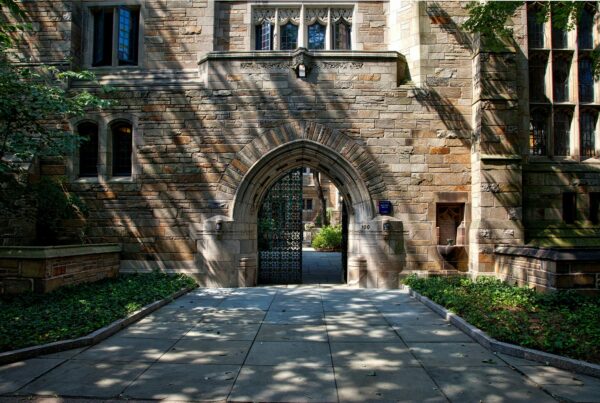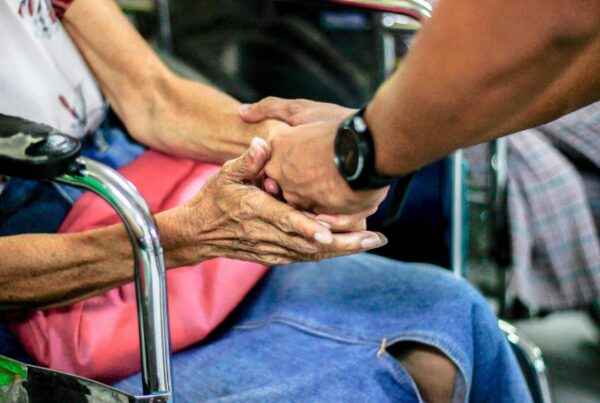by Waiyasusri, K., Usaard, N., Kiriwongwattana, K., Wetchayont, P.
ABSTRACT
At present, historical evidence has been discovered that the watercourse travels of Queen Cāmadevi and her group using the Lopburi River route is not the route that appears today. This research therefore searched for archaeological evidence from the Dvaravati period (6th-8th century AD), together with geo-information tech-nology to find the old Lopburi River and the ancient city of Dvaravati, using Light Detection and Ranging (LiDAR) technology to analyze Least Cost Path (LCP) analysis, Visual image interpretation technique, Nor-malized difference Vegetation Index (NDVI), and Normalized difference built-up index (NDBI). The results of the study found that the old Lopburi River has now become 12 important canals. Results from the LCP can indicate that she traveled northwest through the ancient cities of Chan Sen, Utapao, and Bon (Khok Mai Den). As for the results of the study using the Visual Image Interpretation technique, it is possible to know the details of all 12 present-day canals, which are the Lopburi River in the Dvaravati period, and can also effectively detect the condition of the moats and embankments of ancient cities such as Lavapura, Chan Sen, Utapao, Bon, and Phra Bang. And the results from NDVI and NDBI can also clearly see the direction of urban expan-sion occurring within the ancient city and surrounding areas that has been affected archaeological sites. The impacts from building expansion should be protected as quickly as possible, and organize systematic planning to support spatial changes to be sustainable in the future.
![]()




